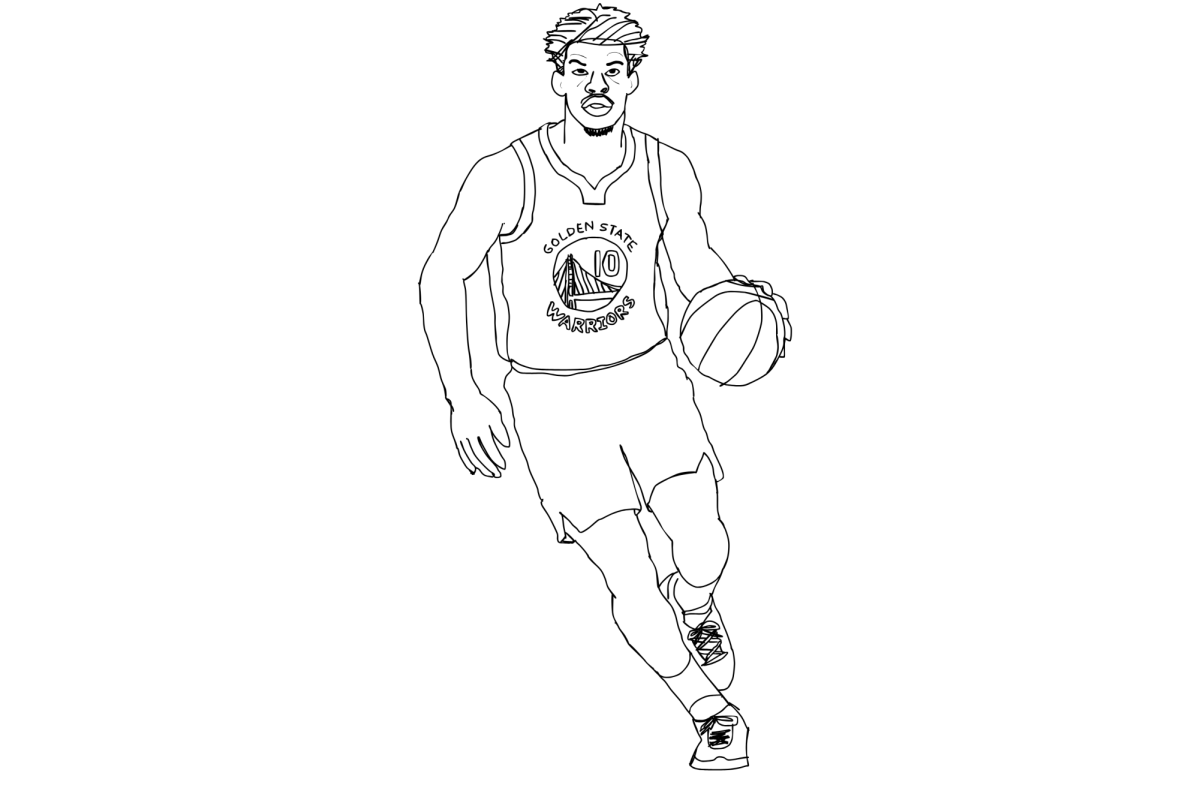[media-credit name=”(Eva Rodriguez / Xpress)” align=”alignnone” width=”800″] [/media-credit]
[/media-credit]
Connecting like-minded people through images has produced some of the recent decade’s most interesting Internet subcultures. From the Adidas-obsessed monochromatic health goth to the 90’s-web-nostalgic sea punk, its evident when someone gets their fashion cues online.
Arguably more productive than other Internet trends based on aesthetic congruence alone, art hoe is a movement whose origins are rooted in unpacking social issues. As art hoe proliferates into cyber infinity, the motive behind the movement is getting lost in sea of ephemerally trending hashtags.
The art-hoe aesthetic is characterized by selfies superimposed over classical paintings, similarly themed collages and colorful lines that highlight an individual’s features.
The movement was established by bloggers Mars and Jam in order to empower marginalized groups and challenge stereotypes about people of color.
“People of color, and specifically black women, have historically been excluded from the art world or simply used as hyper-sexualized muses, whether it be in music, paintings, photographs, etc,” Jam told Buzzfeed News
Art hoes are a beautiful breed of boys, girls and in-betweeners with voices that aren’t inherently angry, sassy or otherwise submissive. It’s a platform for people of color and folks from every shade of the sexual spectrum to be seen and heard. Every self-published portrait, collage, drawing and photo is a political act. Art hoe is meant to engender creativity through accessible mediums of art. Non-Black, non-POC and non-queer folk should take the role of an ally, as art hoe is an outlet for celebrating being a person of color and an “other.”
When non-Black or non-POC people call themselves art hoes or contribute to the tag, it detracts from the cogency of the movement. People who’ve never struggled with lack of representation should not use the term.
The hashtag art hoe creates a space for artists of color to be seen through a lens they’ve pointed at themselves. It allows them to express their internalized struggles and take control of how they’re perceived as they transform themselves into art.
However, the super reliable, super accurate, number one source for cultural discourse known as tumblr, has diluted the term to describe any female, male, or non-binary person who enjoys art. By this contemporary definition, the entire concept is deflated and reproduced as a simple image.
The appropriated art hoe is a fresh-faced teen who wears mom jeans, has an abundance of succulents or cacti on their windowsill and carries a moleskin notebook full of doodles in a Fjallraven Kanken backpack.
As an artistic undertaking meant for people of color, it’s troubling to see art hoe packaged and sold as a trend. Trends come and go, but art hoe is a movement with a purpose. Appropriating art hoe as a trend does a great disservice to those who use it as a channel for creativity, representation and self-validation.











https://powgoddess.com/blogs/blogs/art-hoe-aesthetic • May 29, 2023 at 9:10 pm
I thoroughly enjoyed reading your article on the “Art Hoe” movement and its significance beyond its aesthetic appeal. Your exploration of the movement’s origins, cultural impact, and its ability to challenge societal norms was insightful and thought-provoking.
You did an excellent job of highlighting the intersectionality of the Art Hoe movement and its emphasis on self-expression, inclusivity, and empowerment. By showcasing how marginalized communities have reclaimed their narratives and found a platform for artistic expression through this movement, you shed light on the transformative power of art in challenging traditional beauty standards and fostering a sense of belonging.
To further enrich the discussion, it would be valuable to delve into the evolution of the Art Hoe movement in recent years. Highlighting examples of artists who have embraced this movement and gone on to make significant contributions to the art world would add depth and inspire readers to explore the works of these talented individuals.
Additionally, addressing the criticisms or misconceptions surrounding the Art Hoe movement would provide a well-rounded perspective. Acknowledging and addressing concerns about cultural appropriation, commodification of art, or the potential dilution of the movement’s original intent would encourage readers to engage in a more nuanced conversation.